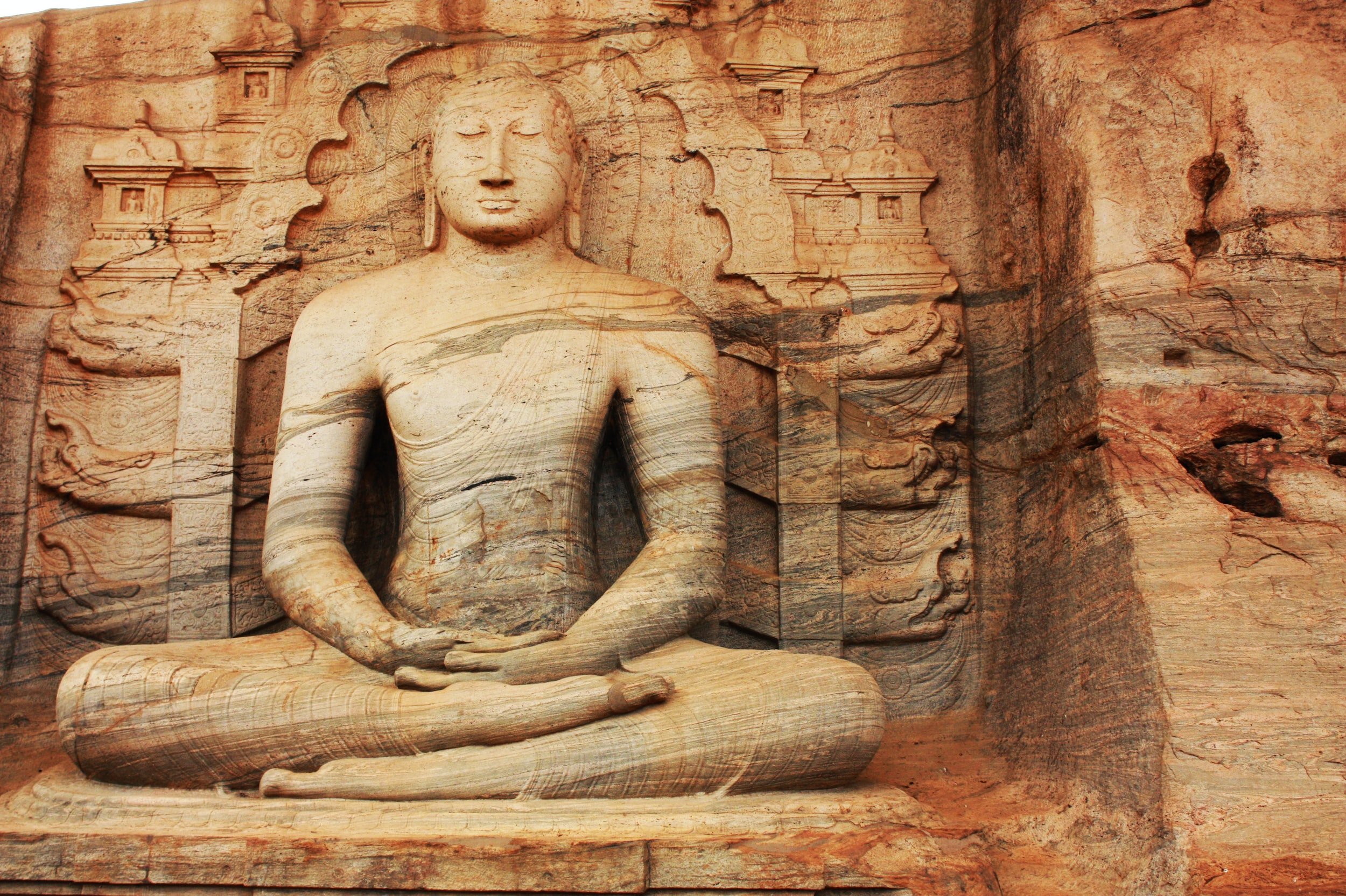There is a proliferation of meditation and mindfulness apps and books pelted at a generation of working Westerners that spend more time thinking about their mental state than any that preceded them.
The ancient practice of attempting to quiet one’s mind has become entirely secularized, as normal for non-religious people as non-Christian tourists going into great European cathedrals.
For example the meditation app “Headspace” offers guided meditation for things like going to sleep, destressing after work, suppressing hunger, or even just to enjoy a rainy day.
Radio personality and rigid atheist philosopher Sam Harris’s Waking Up mobile app was built around the deeply-religious practice of meditation in a purely secularly way, as the author and podcaster found it was the only method for him to shut down his over-analytical mind.
There are over 60,000 results in Amazon’s books section for the keyword “Mindfulness,” and meditation and mindfulness are becoming not only veins of deep scientific inquiry, but financial wellbeing for those who can master the art of selling it to an overcrowded market.
However beneficial to humanity meditation and mindfulness can be, there’s something that’s missing from the rapid adoption of it in the West, which is the mystical origins from which it sprung.
Mindfulness was developed as a process through which one could detach their mind from their body—to break the 12-linked chain of dependent origination, and remove themselves from the cycle of old age, sickness and death.
Parinirvana it’s called; and the Buddha, Siddhartha Gautama, taught the dharma of reaching Parinirvana with meditation. In the Mahayana practice through which 2,700 years ago, meditation diffused across Asia, the practitioner attempts to reach Buddha mind, known as Samahdi, when one’s mind becomes like that of the Buddha, with its activity neither coming nor going, neither rising nor diminishing.
“Anything that works really well becomes monetized,” says Nora D’Ecclesis, a Zen practitioner and author. “I did an international work called Multicultural Mindfulness, and I went to Turkey, and Italy, and the UK, and we took a look at the various ways in which people meditate essentially without it costing them anything”.
Having recently published Zen Rohatsu a one-part history, one-part manual on Zen meditation, she hopes to show, in her words, that for people who could benefit from meditation, “there’s no alternative concept of interpretation,” but the primary source.
“It’s important to me that it’s available to everyone, but that it becomes available to everyone so that we understand that the primary source was 2,700 years ago and not subject to the interpretation of the 5-minute click on the watch, which is cool! It’s a good start, but [Zen] is a practice”.





